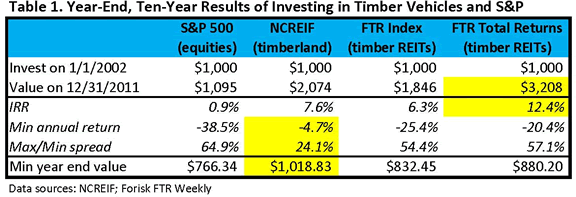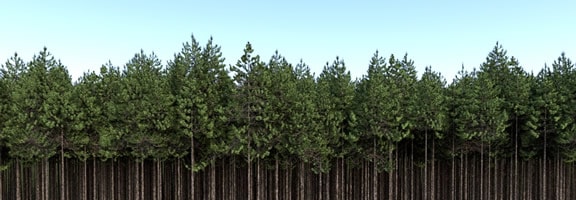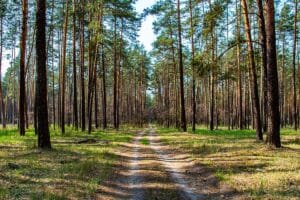Investments in publicly-traded timberland-owning REITs – Potlatch (PCH), Plum Creek (PCL), Rayonier (RYN) and Weyerhaeuser (WY) – have tremendous exposure to the moods of the market. Alternately, investments in private timberland assets are somewhat insulated from every daily front page story, regardless the tenor or topic. The driving distinction between timberland and timber equities, like the difference between owning a soup factory versus holding shares in Campbell’s, is liquidity. Liquidity provides a pathway to extract opportunistic profits and to inflict instantaneous losses.
Timber REIT Returns
Investors with interests in timber-related vehicles continue to revisit the relevance and tradeoffs of investing in public timber REITs. By the power of Grayskull (and Excel), Table 1 captures, in hypothetical 10-year plays, key benefits and exposures of private versus public timberland investments.

The results emphasize important realities and reminders for investors. First, timber vehicles outperformed the S&P 500 over the 10-year holding period across all categories related to total returns and downside risk. Second, liquidity unnecessarily burdens open-eyed long horizon timberland investors. While private timberlands do not offer the “upside” available to liquid equities, they do provide sturdier “downside” protection. Not once in the example did private timberland investors fall into the red for any calendar year. Third, public timber REITs demonstrate total internal rates of return (IRR including dividends) exceeding 12% with less volatility than the S&P 500. While the S&P investment ends below $1,000 – our initial investment – in four years (2002, 2003, 2008 and 2009), the Forisk Timber REIT (FTR) investment ends below $1,000 just once (2002).
Implications for Investors
Advice often comes in threes. Grade school students must learn the three Rs of reading, writing and arithmetic. Jack Johnson sings the magic three of “Reduce, Reuse, Recycle.” Real estate investors focus on “location, location, location!” Even this blog post is the final in a series of three. So watch your toes as I march off the pier of conformity and end this piece with guidance in four parts.
In the US, timber falls squarely in the domain of value and yield (income) investors. Trees grow while investors earn, assuming the strategy matches the asset. Regardless the timber investment vehicle, I observe consistent and repeated timberland investment success associated with four attributes:
- Localized asset-specific knowledge. Timber markets are uniquely local. While every Hardy Boys book has 20 chapters and every year has four quarters, each timberland asset has no guaranteed cookie-cutter market structure or return profile. These localized distinctions are relevant to both private and public timberland investments.
- Patience. Just because you became aware of timberland and timber REITs last Thursday does not mean investing on Friday is a good idea. Valuation models and price forecasts function well only if you assume you’re the only one using them.
- Diligence. Successful timber investors and managers do homework. Lots of it. Hunting opportunities includes an ongoing process of ranking timber markets, identifying potential candidate properties, studying prices and building relationships. For equity investors, this includes a process of localized timber asset valuation and firm-level benchmarking.
- Long time horizon. Timber returns, like those of any asset class, go up and down each year. However, the distinguishing characteristics of timberland assets reveal themselves over long time frames. During this time, investors manage actively, reducing costs and identifying opportunistic sources of revenue.
This content may not be used or reproduced in any manner whatsoever, in part or in whole, without written permission of LANDTHINK. Use of this content without permission is a violation of federal copyright law. The articles, posts, comments, opinions and information provided by LANDTHINK are for informational and research purposes only and DOES NOT substitute or coincide with the advice of an attorney, accountant, real estate broker or any other licensed real estate professional. LANDTHINK strongly advises visitors and readers to seek their own professional guidance and advice related to buying, investing in or selling real estate.










Add Comment